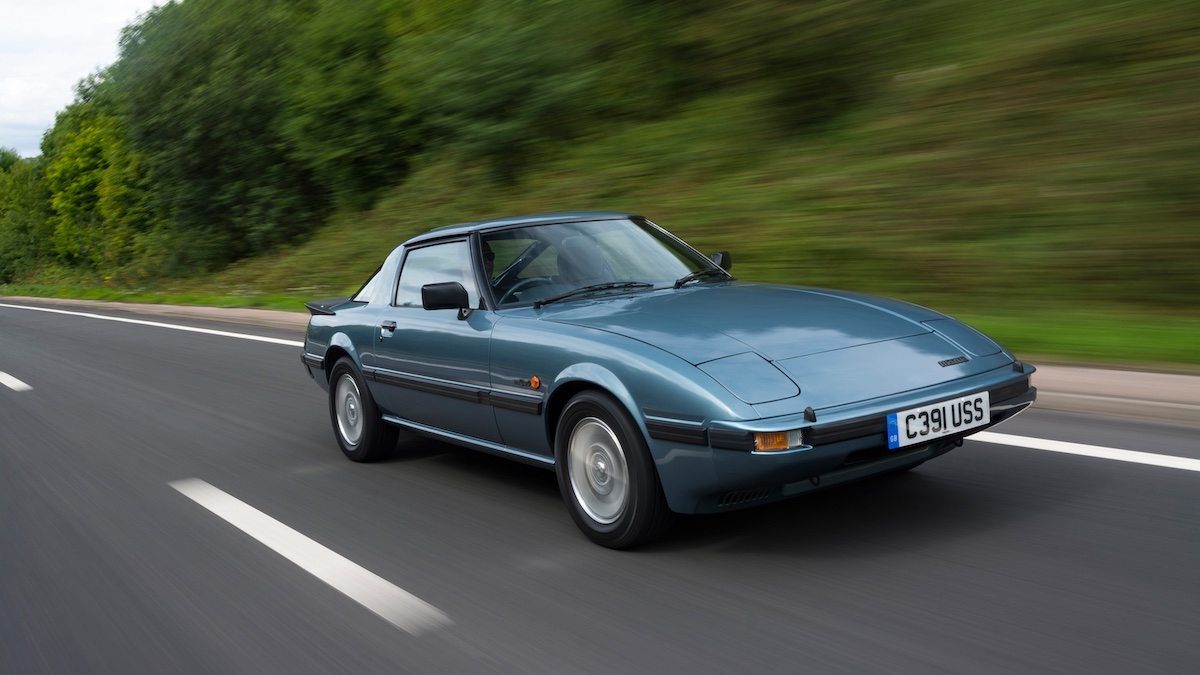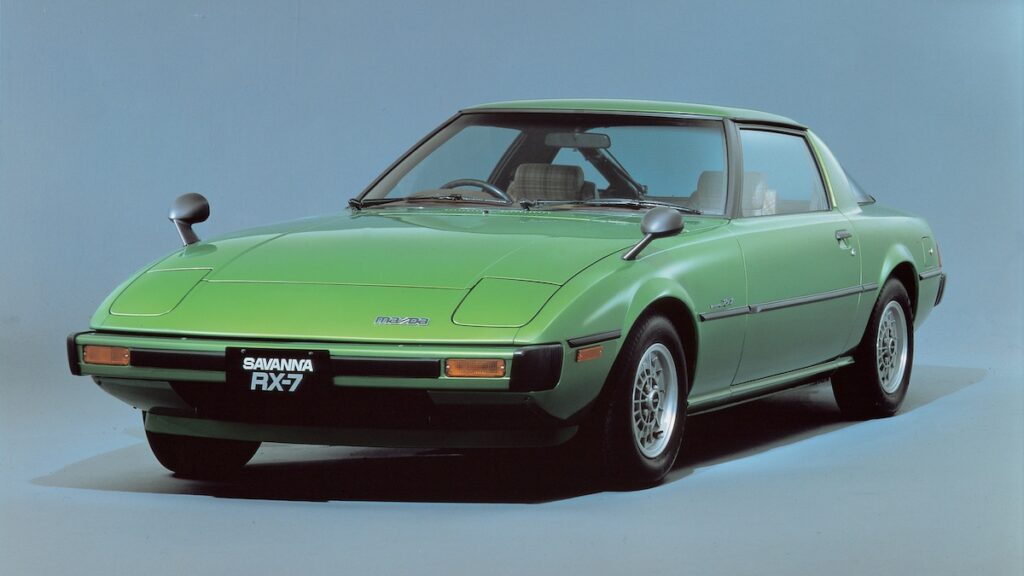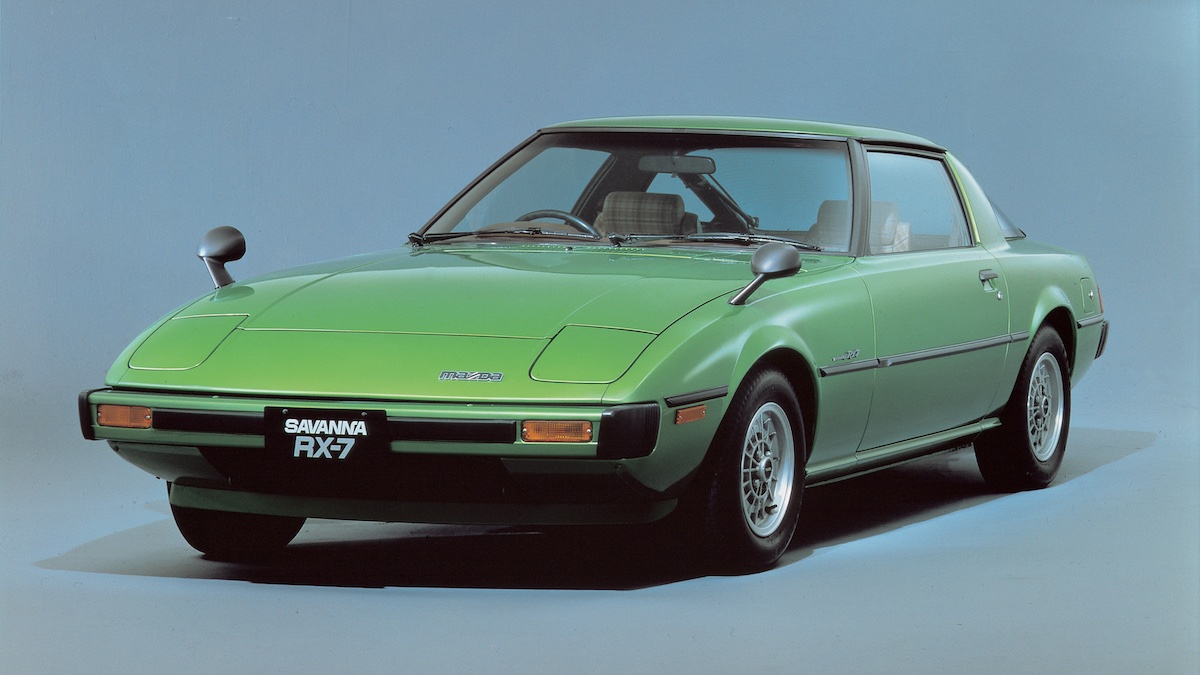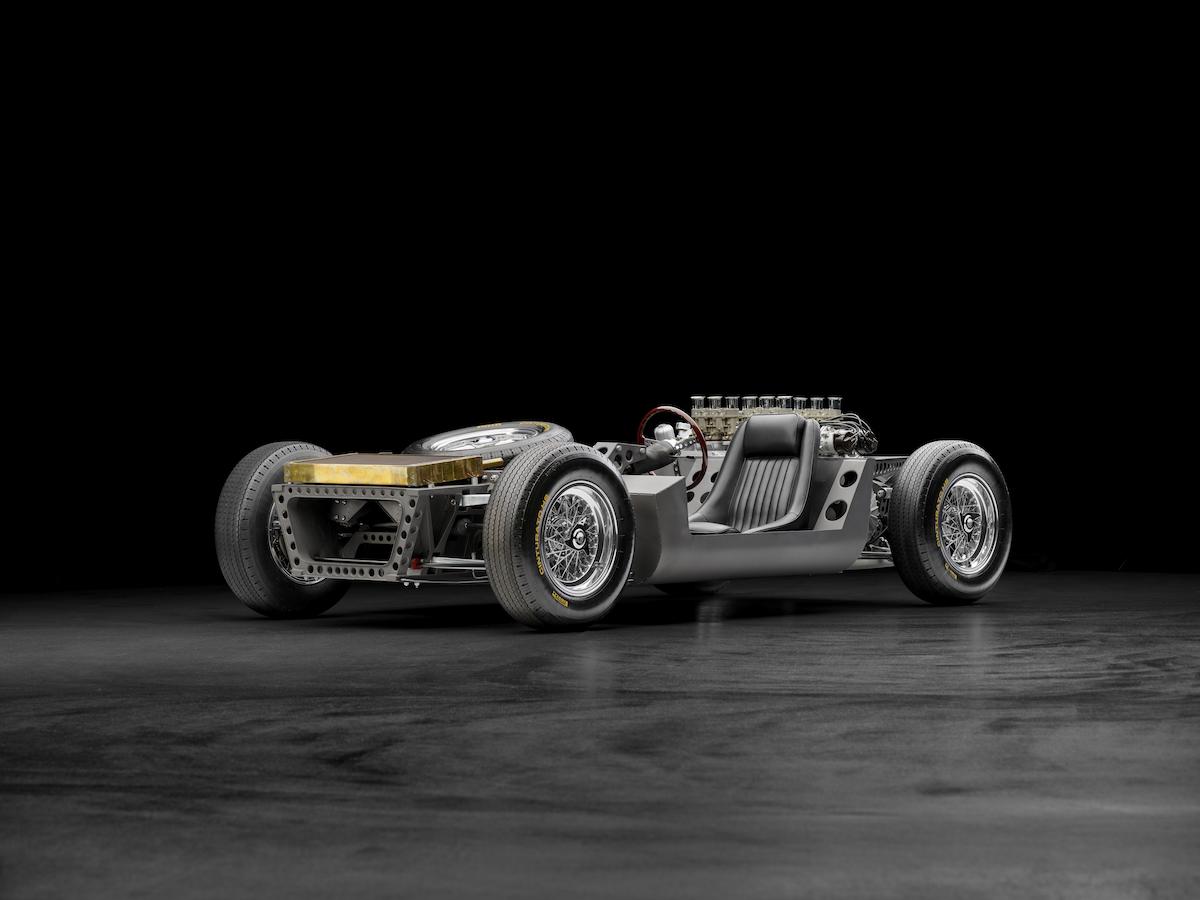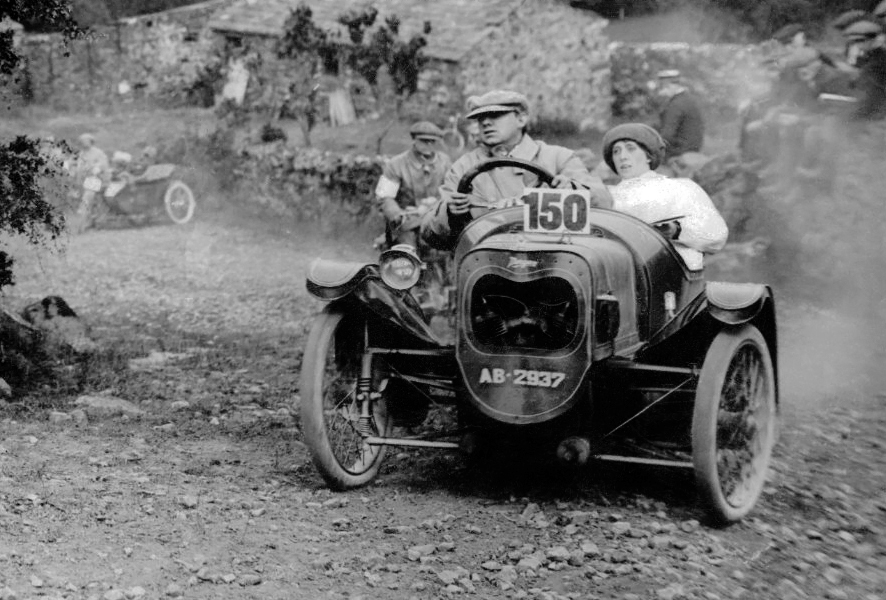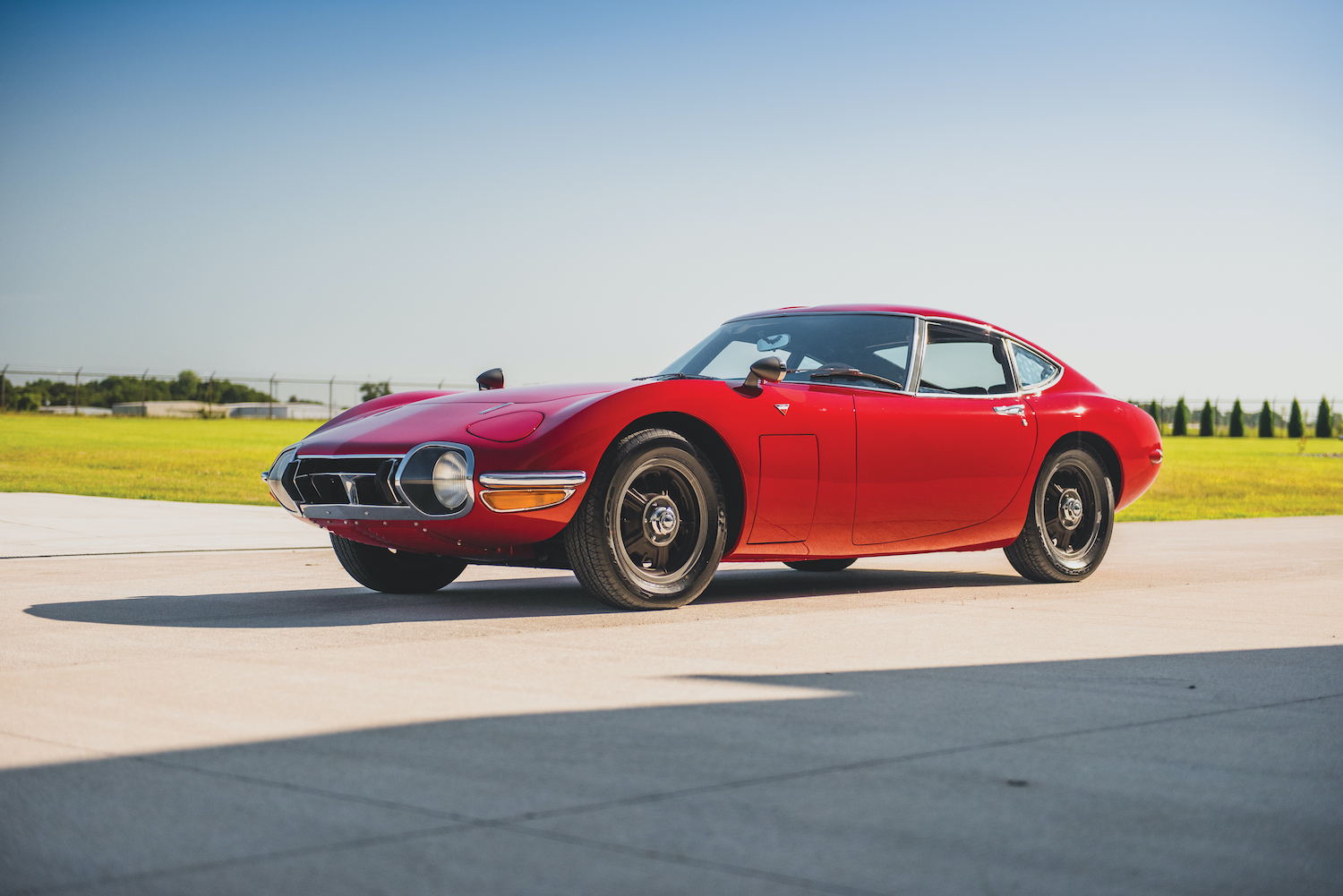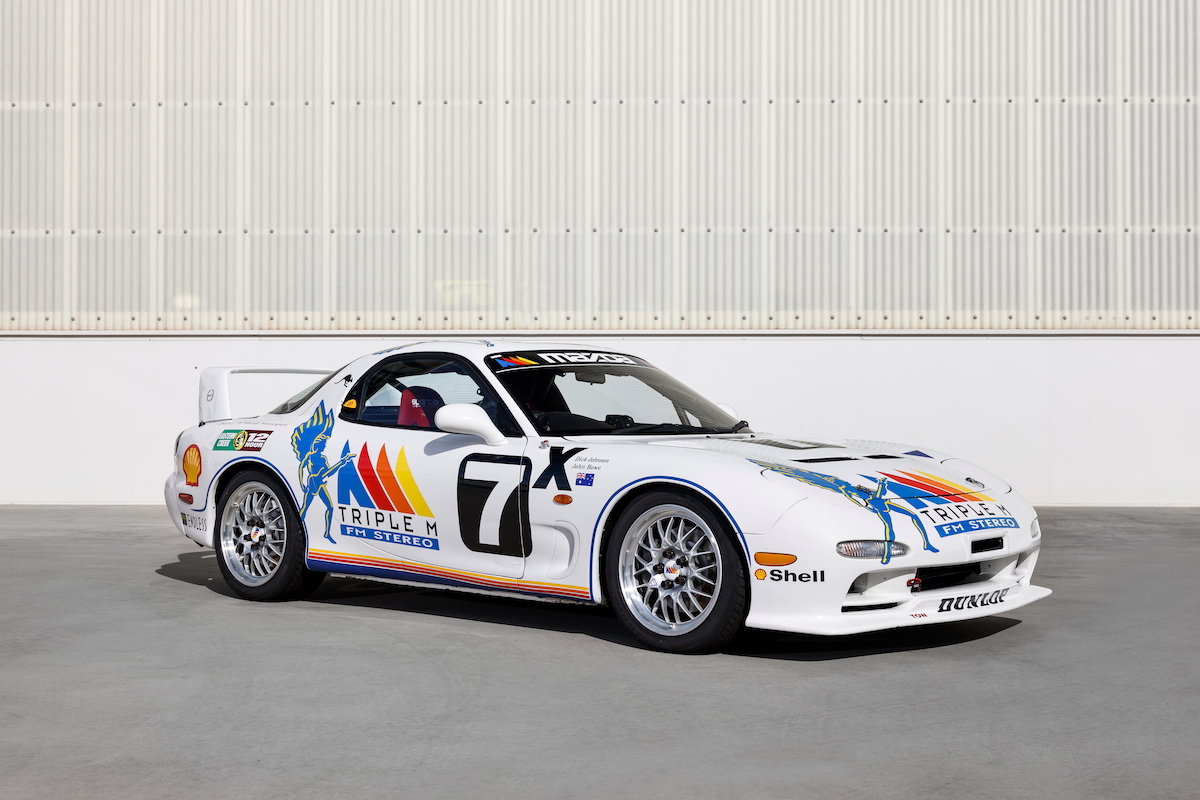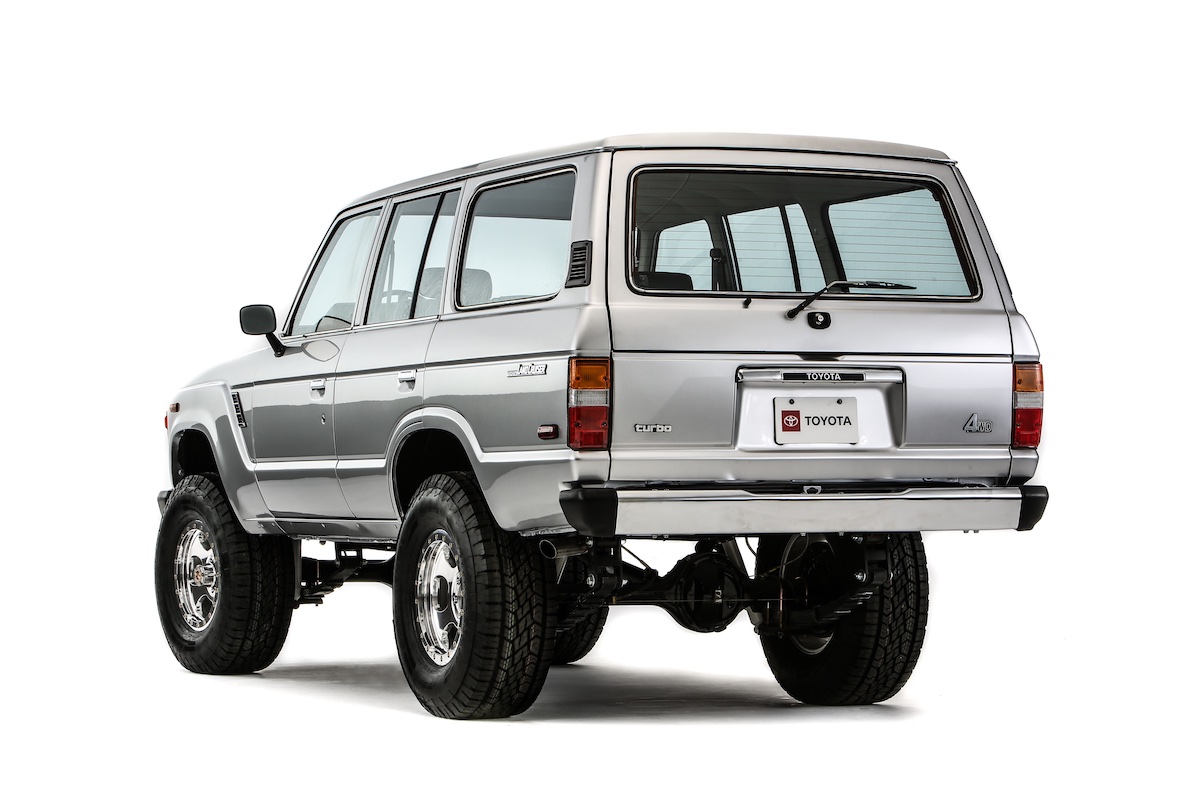Mazda’s rotary-engine RX-7 sports coupe is often seen as emblematic of the Hiroshima-based car maker’s willingness to break from convention. But despite its towering reputation, the RX-7 was based on some basic underpinnings.
It wasn’t an auspicious start. In 1975, Mazda-connected Japanese journalist Jack Yamaguchi was shown a secret set of plans for a new, rotary-engine sports coupe to be launched in 1978. On studying the plans, Yamaguchi said: “This is no sports car! A live-axle rear suspension, recirculating ball steering, rear drum brakes and 13-inch wheels… you must be talking about a 323.”
It hardly sounded like a Ferrari-beater, but Mazda’s RX-7, which debuted in 1978, struck a brilliant combination of style, lightness, chassis balance, affordability, and the technical novelty of a rotary engine.
History will now tell that the RX-7 saved not only the rotary engine, but in a roundabout way, Mazda Motor Corporation itself.
When the new, affordable coupe was conceived as Project X605 in 1976, the Hiroshima-based car maker wasn’t in great shape. It had invested heavily in the rotary for its passenger car (and even utility) range, but the oil crisis focused the attention of buyers on ‘economy’ cars.
While potent for its size, the rotary engine was hardly economical.
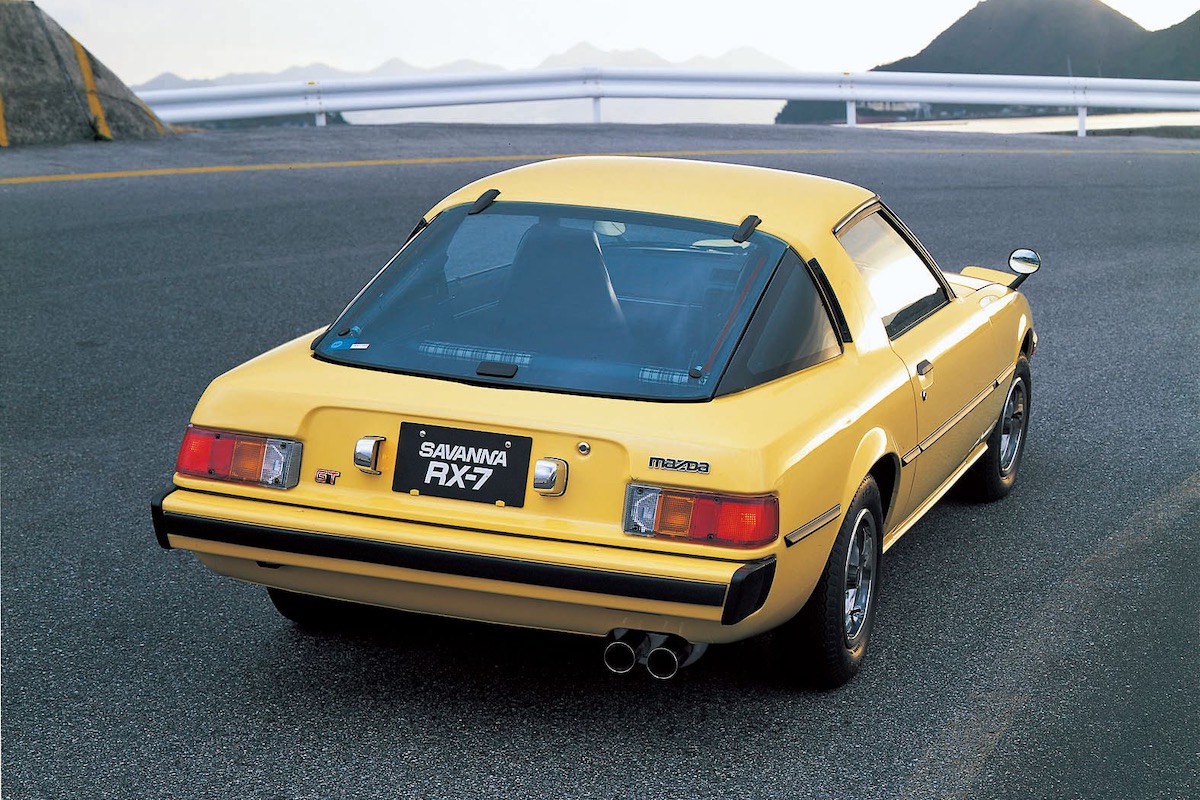
Meanwhile, Mazda’s rival Honda twisted the knife in the crucial US market with its CVCC stratified-charge Civic and Accord, which found plenty of buyers eager to benefit from their fuel efficiency. That left the conventional but cute 323 of 1977 as Mazda’s primary lifeline.
Tight cost constraints brought about by the challenging market conditions forced Mazda deep into the parts bin for its new rotary sports car, but the SA22C RX-7 suffered little for it. Along with great looks, keen performance, a 2+2 cabin and sharp pricing, it also had perfect timing: Datsun’s category-creating 240/260/280Z was now old and fat, the Porsche 924 was slow and expensive and the Triumph TR7, well…
The RX-7 was designed by Matasaburo Maeda, whose son Ikuo would follow in his career footsteps and later design the rotary-powered RX-8. Ikuo went on to create the company’s Kodo design language, which is still in use today.
Father and son never worked together, thanks to Mazda policy which forbade Ikuo from joining the design department until his father retired. Matasaburo, who had been the sole member of his family to survive the 1945 bombing of Hiroshima, died aged 91 in April 2024.
Mazda’s bean counters had insisted on fixed, frog-eye headlights for the initial RX-7 design. Thankfully, Matasaburo and his design team fought them and won, gifting the RX-7 the distinctive pop-up units that became part of its signature look.
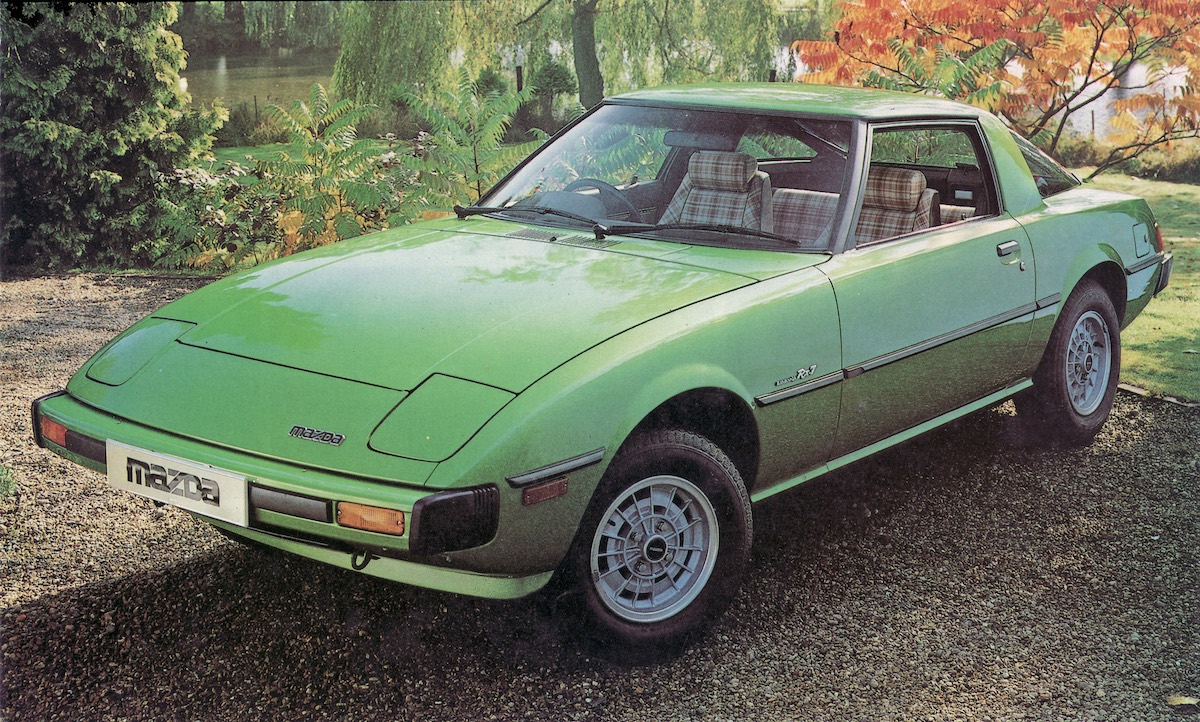
The light, lithe sports coupe was the perfect showcase for the rotary engine. The 12A’s tuneability and the RX-7’s inherent balance quickly endeared it to the circuit-racing scene.
Under that perky, 0.36Cd body and long wheelbase, the RX-7 was hardly rocket-science with its MacPherson strut front-end and live rear axle. But the latter was well-located via four trailing links and a lateral Watt’s linkage, and up front, the compact 12A sat behind the axle line for a 51/49 front/rear balance. Weight was a tidy 1070kg.
The 1146cc, twin-rotor 12A had a four-barrel Nikkei carb and gave a reasonable 77.2kW at 6000rpm and 147Nm at 4000rpm. A buzzer at 6500 rpm warned of the 7000rpm redline. A slick five-speed manual and tedious three-speed auto were available; a five-slotter would run 0-100km/h in just under nine seconds.
Squint at the RX-7’s interior and you could be looking at a Porsche 944, from the shape of the seats to the centrally-mounted tacho. Vinyl and velour told you the ’80s were coming. A folding rear seat backrest and hatchback rear glass even gave the sports-coupe a hint of practicality. Windows were manual, but air-con and AM/FM-cassette were standard.
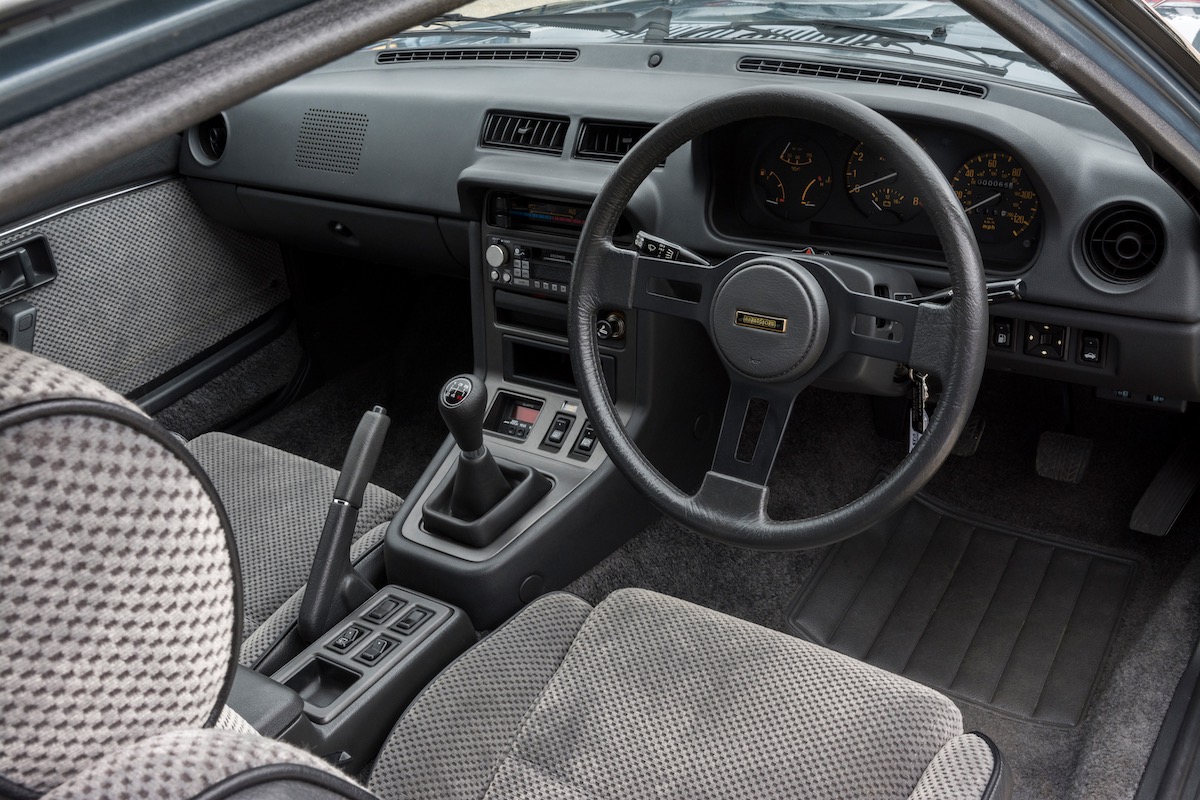
The interior was upgraded in late-1979 and in 1980 came the Series 2 (aka FB) facelift. Its moulded plastic bumpers, smoother rear graphic, rear discs on up-spec models and power increase to 85kW thanks to an efficient catalytic converter, all indicated a company whose confidence (and coffers) were growing.
A Series 3, with new interior, power steer and 14-inch wheels, rounded out the RX-7’s final two years of 1984-85.
By the end of the first-gen RX-7, Mazda had built an impressive 474,565 examples of the rotary-powered coupes, with almost 80 percent of production sold in the US.
Jack Yamaguchi may not have foreseen it back in 1975, but the RX-7 helped ensure that Mazda and its weird, whizzing Wankel lived to fight another day.
